
Reviving Zimbabwe’s coffee industry
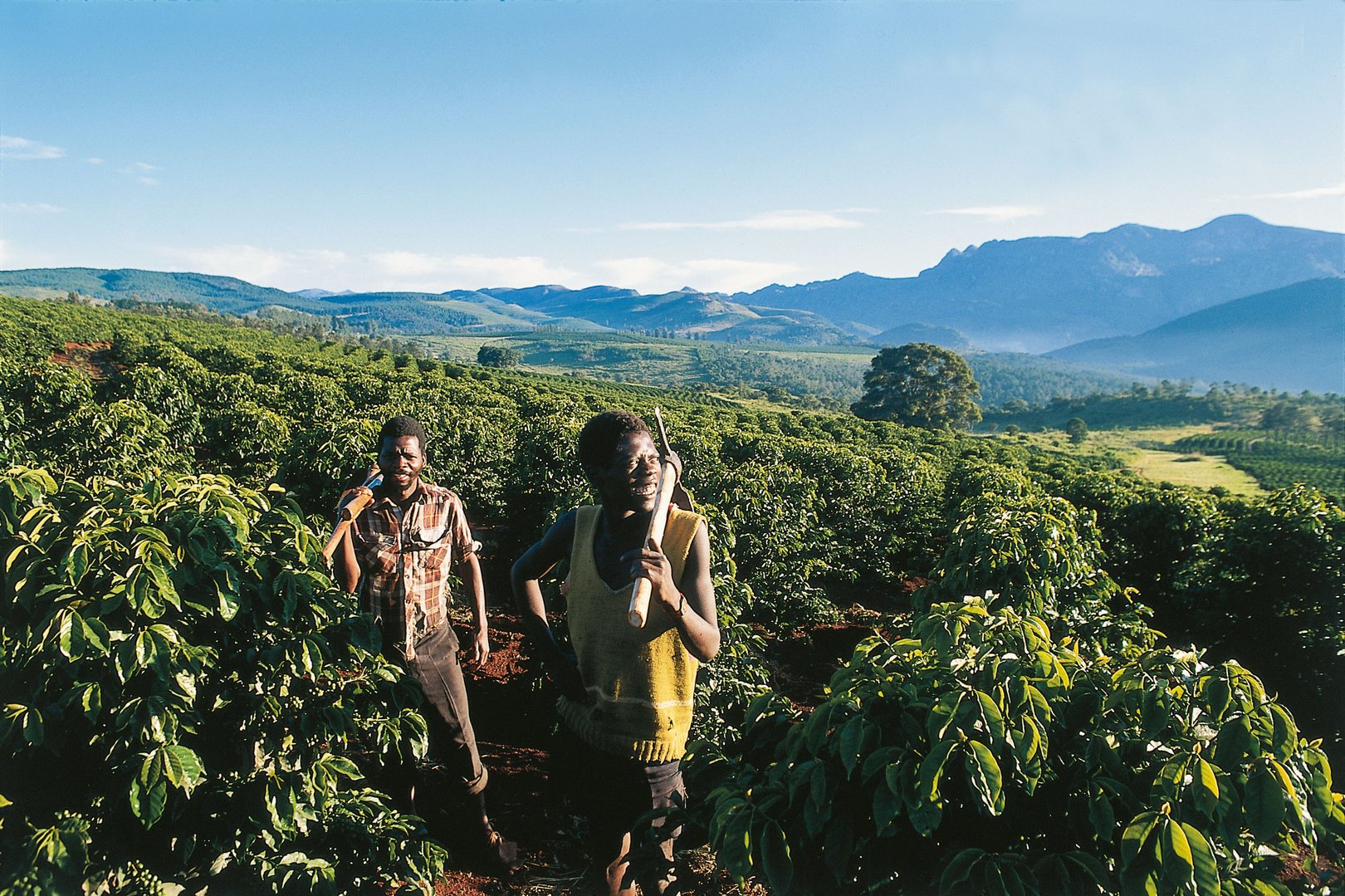
Twenty-three years ago, forced evictions of white coffee farmers from Zimbabwe led to the collapse of the industry. Today coffee production is on the rise, with the support of Nestlé’s Nespresso brand, but it is still a fraction of what it used to be.
David Muganyura, a veteran coffee farmer, joined a Nespresso initiative that seeks to revive growing of the crop at its launch in 2019. He has not looked back since.
The 74-year-old who had been farming the bean since 1984 saw his output and profitability collapse to near zero by forced evictions of the main coffee growers of the country back in 2000.
This led to a decline in export demand for the locally grown crop. In 2000, the price of the crop dropped to as low as $0.20 (CHF0.18) per kilogram.
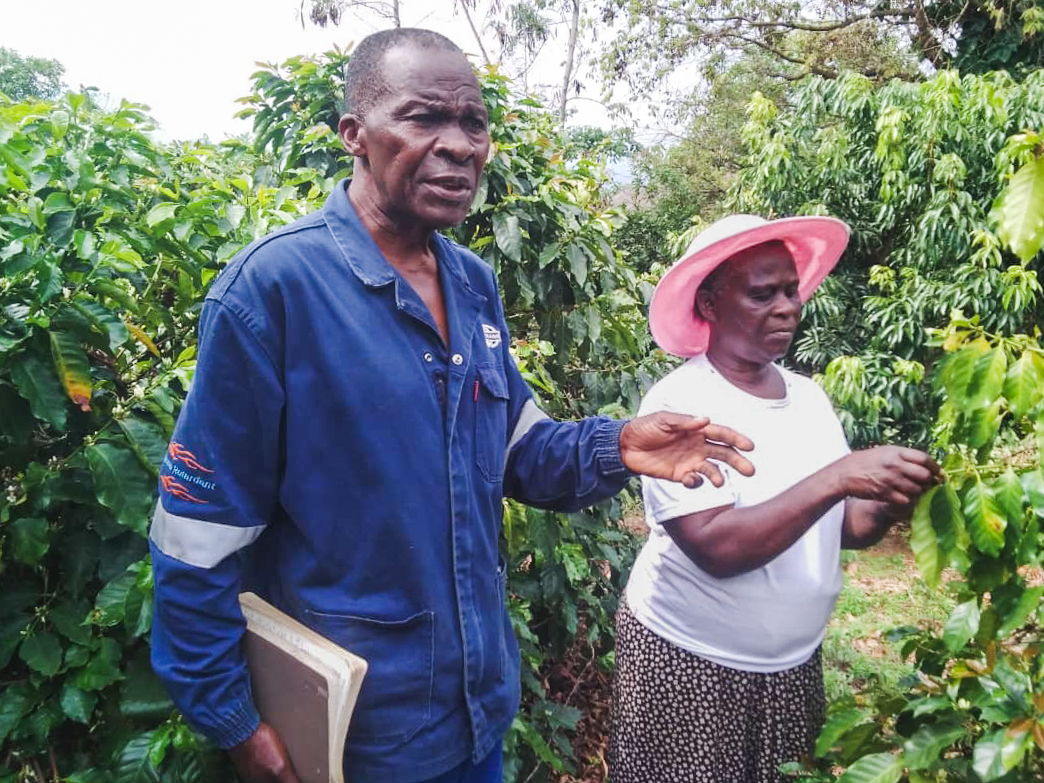
So when Nestlé introduced its Tamuka MuZimbabwe programme (indigenous Shona language for “we have awakened in Zimbabwe”) to reboot coffee growing, he was among the first to sign on.
The programme included a training run by Lausanne-based coffee giant Nespresso, owned by Nestlé, through a local initiative called TechnoServe in 2018. It also included the Swiss company buying his coffee beans at a producer price of about $8 per kilogram. This is almost double what local buyers, such as Cairns Foods and Grain Marketing Board pay for the crop.
Muganyura was among the first locals to plant the coffee seeds under the initiative a year later. He doubled output to about 1,500 kg in that first year, earning approximately $10,000. The average salary in Zimbabwe was $220 a month in 2022.
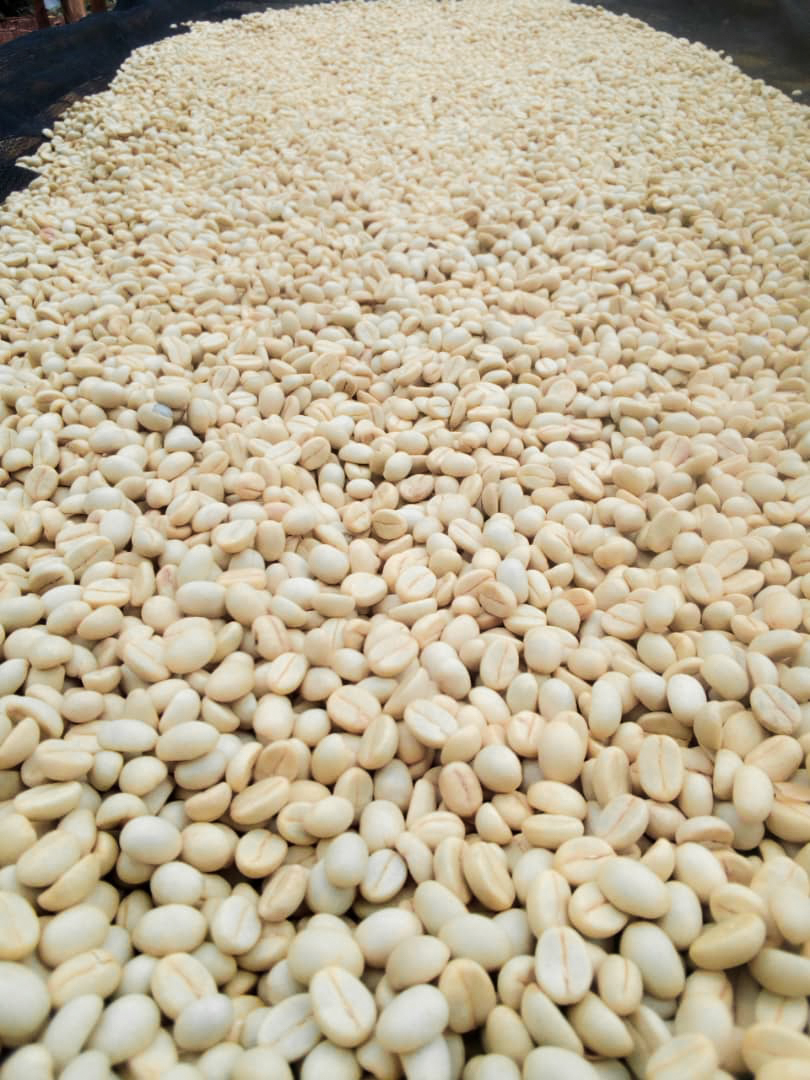
“We have, through the proceeds we get from the partnership, invested in other farming projects, been able to pay for health care for their family, repay loans for inputs and paying farm workers. We have also settled the debts we had at Zimbabwe Coffee Mill [where coffee beans are processed],” he told SWI swissinfo.ch.
The Nespresso initiative falls under the company’s bigger agenda, AAA Sustainable Quality programme which aims to revive high quality coffee production in different regions of the world where production has been affected by conflict, economic or environmental disasters. These include Colombia, Puerto Rico, Cuba, Uganda and the Democratic Republic of the Congo. It seeks to establish long-term partnerships with farmers and communities to rebuild sustainable coffee production.
In Zimbabwe, Nespresso partnered with an American non-governmental organisation, TechnoServe, two local coffee bean farms and about 450 smallholder farmers in Honde Valley. The area that stretches into neighbouring Mozambique is best suited for growing Arabica coffee, a high-quality bean known to contain less caffeine and for its smoother taste than the cheaper Robusta bean.
Nespresso provides free technical assistance through dedicated agronomists to farmers, premium prices and investment in infrastructure and special projects, for example agroforestry. In exchange, farmers have to sell them their beans at a price fixed by the company.
Nespresso says since 2016 it has invested CHF39million (about $42million) into the Reviving Origins global programme through its funding vehicle called the Nespresso Sustainability Innovation Fund. It did not say how much it had invested in Zimbabwe. In October 2022, it announced an additional investment of $4.5million into Reviving Origins in Africa.
Rising from the ashes
Nespresso’s initiative is part of a larger plan by the Zimbabwe government to revive its once flourishing coffee industry decimated from 2000 onwards when Robert Mugabe, then Zimbabwe’s president, authorised evictions of the up to 4,000 large-scale white farmers from about 11 million hectares across the country.
Among the displaced were local coffee producers. Until the early 2000s, the country was among the top 30 growing nations globally, producing an average 15,000 tonnes of the crop yearly. Now annual output averages 500 tonnes from two commercial estates and some 450 small farms of around 2 hectares, like Muganyura’s plantation.
By 2019, smallholder coffee farming had essentially collapsed, as most black farmers opted for better paying cash crops such as macadamia nuts.
In 2018, the government launched a strategy which seeks to boost coffee output to 10,000 tonnes by 2024. The plan will require an investment of $60 million spread over five years to maintain existing coffee farms and establish 4,700 hectares of new plantations. The government also hopes to establish a sustainable funding model for the crop.
A government agronomist for Mutasa District, Abraham Mutsenura, says the situation for smallholders is now improving with more farmers growing coffee again. But he adds, the industry can still improve both the quality and quantity of the beans. Annual production is still only a fraction of what it used to be. The government now prefers to push crops that are deemed as more strategic such as maize, corn or soy.
With no proper government support, challenges remain for farmers. The development of the region is dependent on Nespresso. There is no other local initiative.
“The Nespresso initiative has resulted in some positive changes to their farming ventures, but there is a need for constant reviewing of the market price of the bean to match the cost of production,” he says. The cost of chemicals and fertilisers rise every season; for example a bag of ammonium nitrate cost $94 in 2022 against $55 in 2021.
Muganyura adds that in his view Nespresso can do more to support local farming, including further incentives to boost the size of the land farmed. This would include providing farmers with more resources such as seeds and fertilisers. He also stressed the importance of investing in irrigation systems in the country’s main coffee-growing districts.
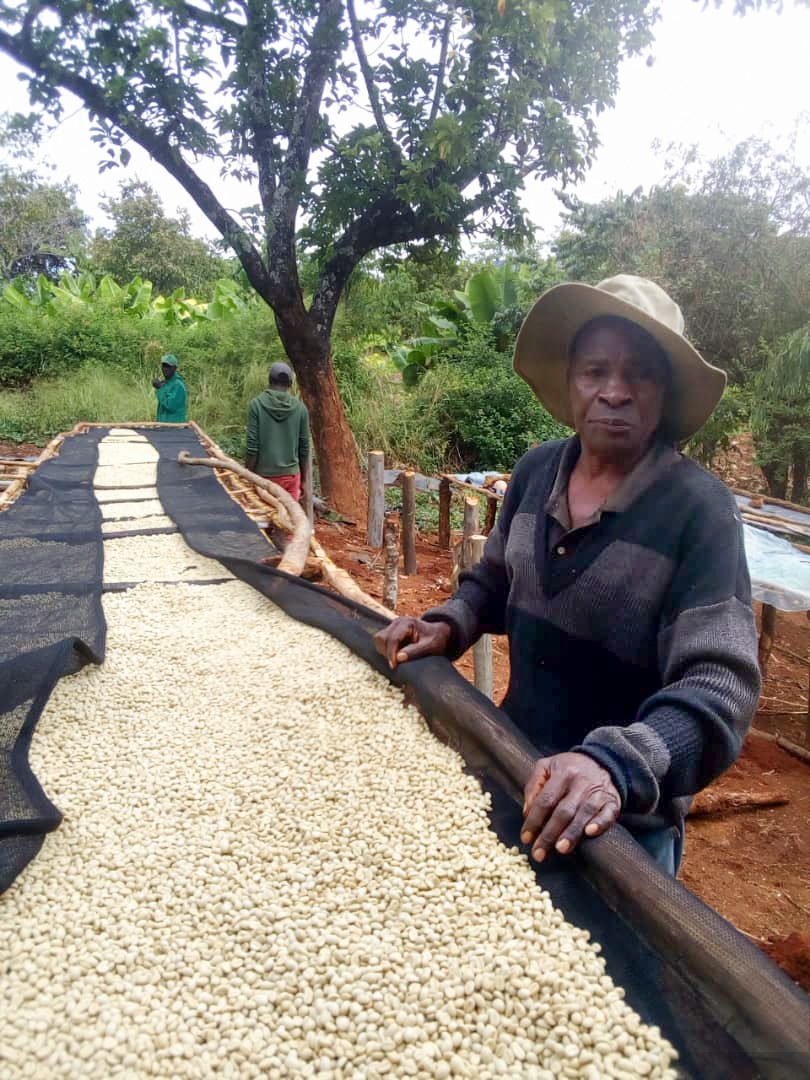
“A strong market and supply relationship is key for the mutual sustainability in the medium- to long-term journey (between) Nespresso and TechnoServe (and) smallholder farmers,” he says.
Nespresso SA global public relations manager Delphine Bourseau acknowledged that the initiative has to contend with some risks. Reviving Origins is a long-term programme which aims to overcome diverse local challenges which previously affected coffee production, she says.
“Each area has been chosen specifically because it was under environmental, social or economic factors that have caused a drastic reduction of production of coffee in the area,” she tells SWI swissinfo.ch.
“As a result of the differing circumstances affecting these communities, each Reviving Origins coffees require a bespoke approach, and we focus on investing in a smaller number of communities over a longer period. However, due to the complexity of these projects it can be challenging to guarantee exactly when and what the results will be.”
Adding to farmers’ uncertainty is the legal obligation for them to cede a certain percentage of their earnings to the Reserve Bank of Zimbabwe. In 2019 and 2020 the government collected 20% of farmers’ proceeds. In 2022 the threshold was increased to 40%. After backlash from farmers the percentage could be cut to 25% for 2023.
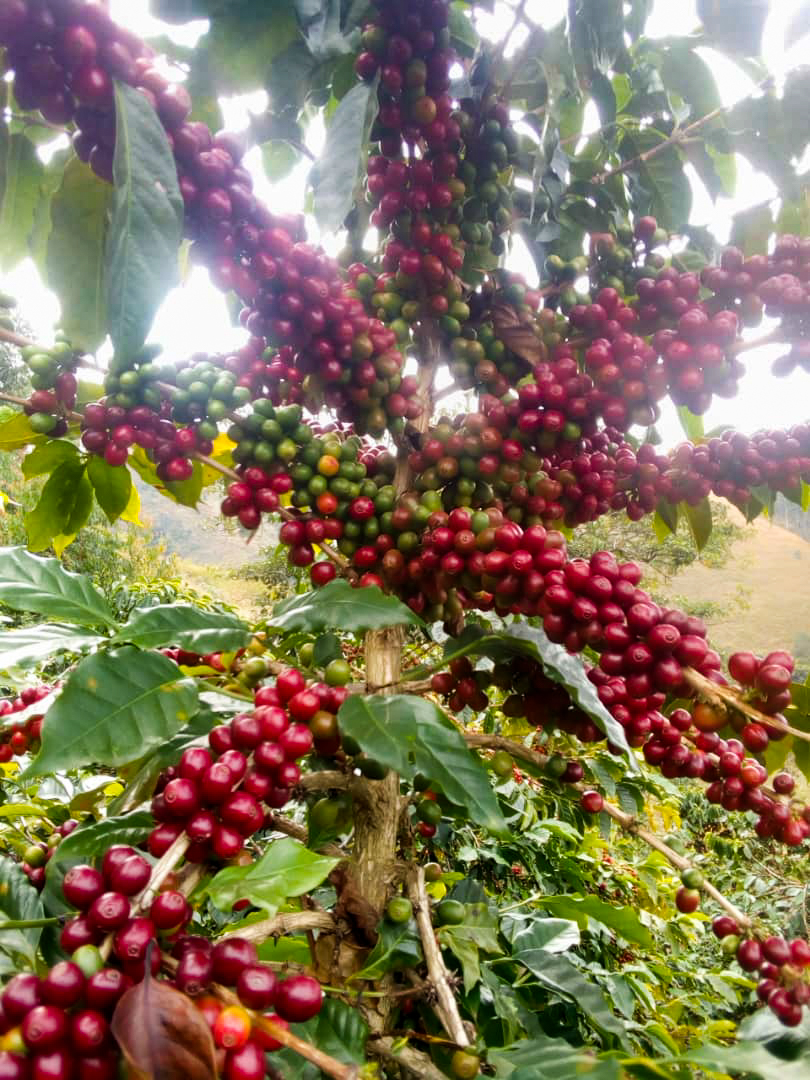
Edward Dune, former vice president of the Zimbabwe National Farmers’ Union sees no problem with the government not supporting the production of coffee, as it does the other crops. Coffee farmers, he says, have the option of accessing commercial loans from financial institutions. He also suggests Nespresso could play a more pivotal role.
“The government’s role is basically policy development and if they have done something towards strategy, the improvement of productivity along the value chain, then they have done more than enough,” he says.
Caleb Mahoya, head of the Coffee Research Institute based in the southeastern town of Chipinge, told SWI swissinfo.ch that the government is implementing the plan. But it’s still too early to say whether its growth projections will be met.
“We will only be clear after this and next season to see if we are able to meet that target,” he says. “We have new farmers each and every year and they will add to the achievement of this target.”
Edited by Virginie Mangin

In compliance with the JTI standards
More: SWI swissinfo.ch certified by the Journalism Trust Initiative






























You can find an overview of ongoing debates with our journalists here . Please join us!
If you want to start a conversation about a topic raised in this article or want to report factual errors, email us at english@swissinfo.ch.